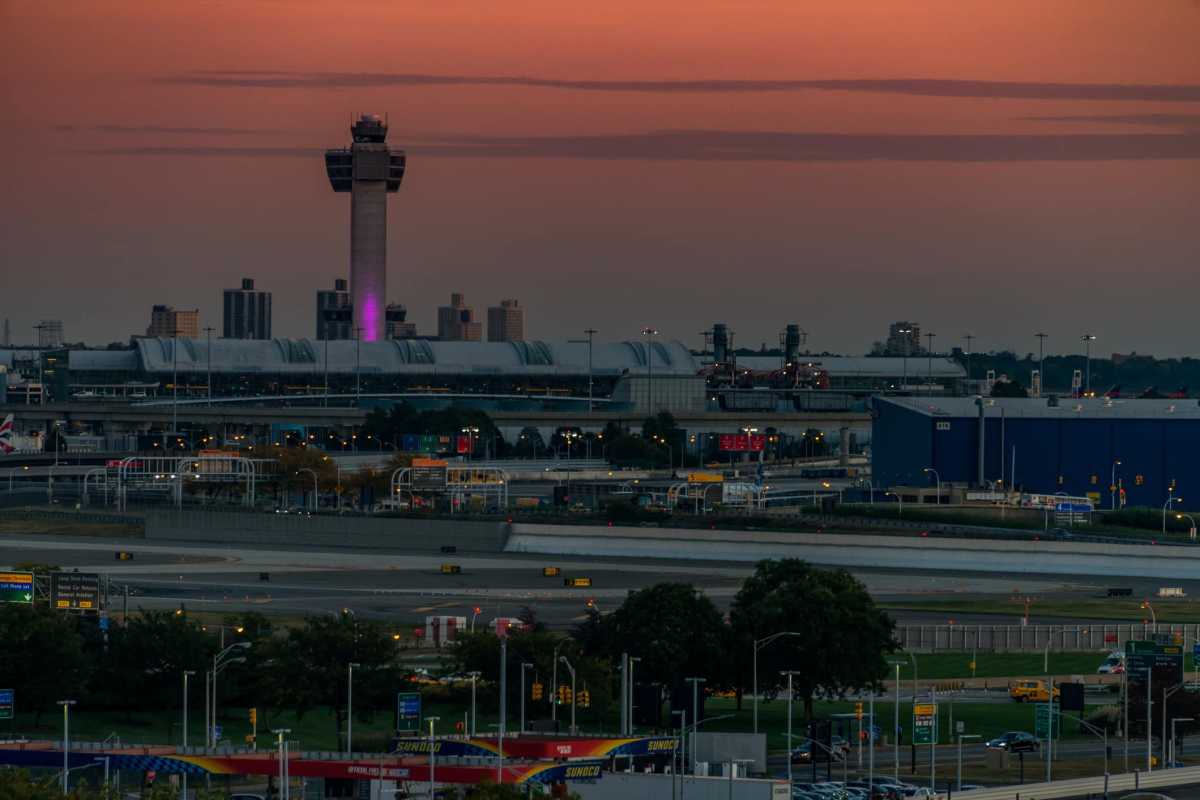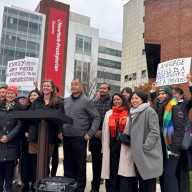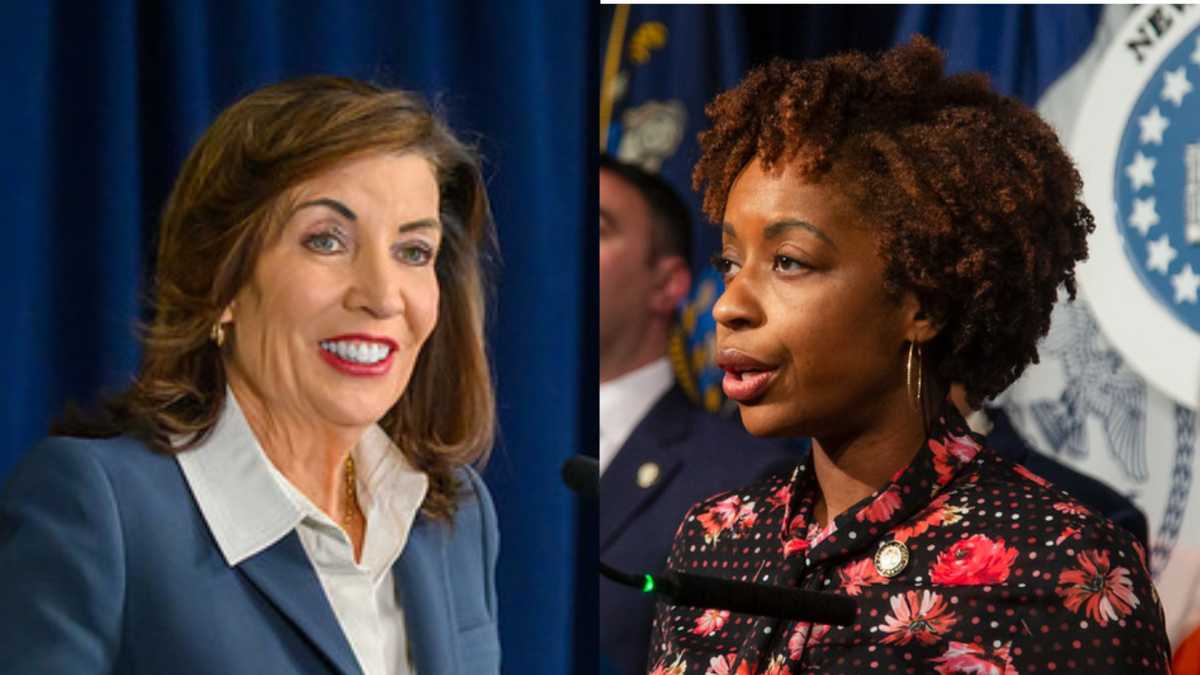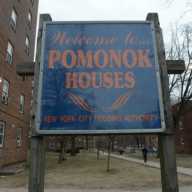As the Metropolitan Transportation Authority (MTA) struggles with a massive deficit and considers citywide service cuts and fare hikes, a new study has revealed that mass transit ridership ballooned over the past decade – and largely in the city’s outer boroughs.
The study, released March 9 by the Center for an Urban Future (CUF), a New York City-based public policy think tank, is based on MTA New York City Transit (NYCT) weekday ridership data from 1998 through 2008.
The study showed that over the 10-year period, bus ridership growth in the outer boroughs eclipsed that in Manhattan. Queens and Staten Island led the pack with a shared 28.4 percent increase, while the rise in Manhattan bus riders was a mere 7.6 percent. The Bronx and Brooklyn were in the middle with 23.5 and 21.9 percent increases.
While the actual number of weekday bus riders in Queens was fourth in the city – ahead of just Staten Island – ridership jumped from just above 302,000 to slightly under 388,000 during the period of the study.
The CUF’s subway figures point to an upsurge in usage across the city – with the exception of subway-free Staten Island. Only three Queens subway stations landed on the study’s top 22 stations in terms of ridership growth – 21st Street-Queensbridge was number five with a 253 percent increase in riders and 45th Road-Court House Square came in eighth with a 188 percent increase – but of those 22, 14 were outside of Manhattan. Of the study’s top 100 stations, 11 were in Queens.
The study’s authors underscored the growth in outer borough ridership to “show just how important the city’s public transportation system has become for residents living outside the city center,” according to an abstract of their recent New York by the Numbers publication.
However, NYCT cautions that the decade-long ridership growth spurts highlighted by CUF need to be looked at in the proper context. For starters, said NYCT spokesperson Charles Seaton, the subway station with the largest growth in the city – Manhattan’s Lexington Avenue-63rd Street had a staggering 777 percent ridership increase – did not have through service to Queens Boulevard in 1998, the year CUF began examining rider data. The same is true for the 21st Street-Queensbridge Station, Seaton said, adding that the addition of Queens riders would have been enough to dramatically boost ridership figures. Other attributable factors, he said, are recently completed station construction projects that, toward the end of the study period, would have increased ridership at various subway stops.
“However,” Seaton admitted, “the system as a whole also enjoyed an enormous gain in ridership,” due to improved service, the economy – “up until recently” – and changes in neighborhoods across the city.
For its part, the MTA acknowledges the importance of the service it provides New Yorkers. Agency spokesperson Aaron Donovan said, “We certainly don’t want to implement any of the service cuts,” adding that the MTA is looking for alternate sources of funding.






























